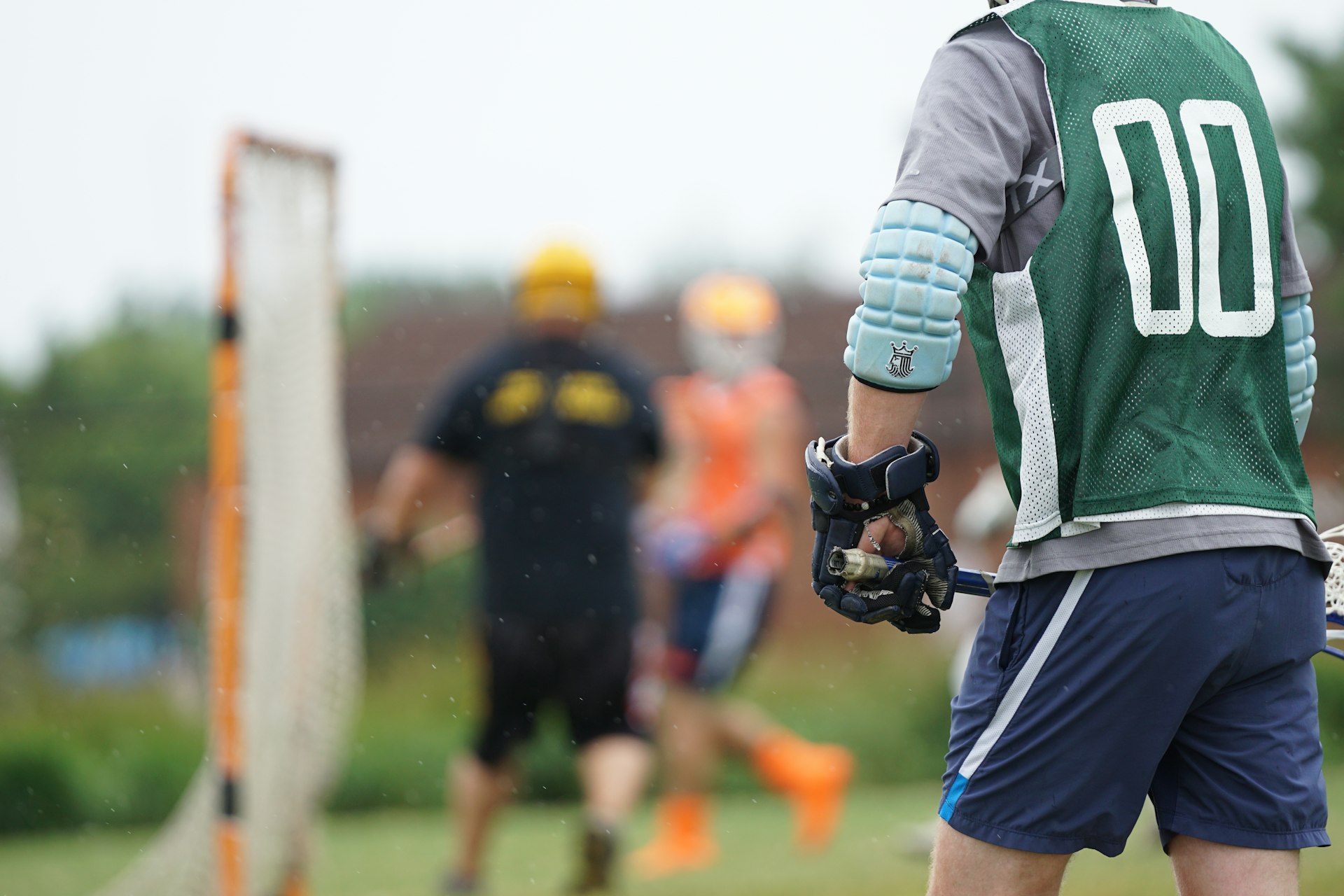Regenerative Medicine: Transforming Recovery and Management of Sports Injuries


Photo by Jeffrey F Lin on Unsplash
Introduction
Advancements in sports medicine have led to a shift from merely managing symptoms to actively promoting tissue repair and regeneration following injury. Regenerative medicine stands at the forefront of this movement, offering innovative, minimally invasive therapies that utilize the body’s own biological resources to accelerate recovery and improve outcomes for athletes and active individuals. This article explores the principles of regenerative medicine, details leading therapies, and provides practical guidance on accessing these treatments for sports injury management.
Understanding Regenerative Medicine in Sports Injury Management
Regenerative medicine leverages the body’s natural healing systems to restore function to damaged tissues and organs. Unlike traditional methods-such as rest, anti-inflammatory medications, corticosteroid injections, or surgery-which often focus on symptom relief or structural repair, regenerative therapies aim to repair underlying damage at the cellular level [1] [2] . These therapies can be particularly beneficial for:
- Ligament sprains and tears
- Tendon injuries (e.g., tennis elbow, rotator cuff)
- Cartilage damage and osteoarthritis
- Muscle strains and chronic overuse injuries
By promoting natural tissue repair, regenerative medicine may enable faster recoveries, reduce reliance on surgery, and minimize the risk of long-term complications [3] .
Types of Regenerative Therapies Used in Sports Medicine
Platelet-Rich Plasma (PRP) Therapy
PRP therapy involves drawing a small amount of the patient’s blood, processing it to concentrate the platelets, and injecting the resulting plasma into the site of injury. Platelets are rich in growth factors essential for healing, and their targeted delivery can stimulate tissue repair, reduce inflammation, and accelerate recovery. PRP is commonly used for:
- Partial rotator cuff tears
- Tendinitis (shoulder, knee, elbow)
- Epicondylitis (tennis or golfer’s elbow)
- Muscle strains
- Chronic ligament sprains
Results from clinical studies indicate that PRP can be effective for certain tendon injuries and for knee osteoarthritis, though results may vary based on injury type and patient factors. Notably, PRP is a minimally invasive procedure with low risk, as it uses the patient’s own blood components [2] [4] .
Stem Cell Therapy
Stem cell therapy typically involves harvesting cells from the patient’s bone marrow or adipose (fat) tissue and injecting them into the injured area. These cells have the potential to differentiate into various tissue types, promoting the regeneration of cartilage, tendon, and ligament structures. Applications in sports medicine include:
- Cartilage repair (e.g., knee osteoarthritis)
- Ligament and tendon injuries
- Muscle injuries
While there is growing interest and some promising results, high-quality evidence supporting stem cell therapy’s effectiveness is still emerging. Patients should consult with experienced sports medicine specialists to determine eligibility and expectations [1] [4] .
Orthobiologics
Orthobiologics refers to a broader category of regenerative medicine that includes PRP, stem cell treatments, and other biologic substances used to promote healing in muscle, bone, and soft tissue injuries. Orthobiologic therapies are increasingly used for injuries that have not responded to traditional treatments, or as adjuncts to surgical repair [5] .
Benefits of Regenerative Medicine for Athletes
Regenerative therapies offer several advantages for athletes and active individuals:
- Minimally invasive: Most procedures are performed as outpatient injections and do not require surgery.
- Reduced downtime: Many patients return to daily activities or training sooner than with surgery.
- Lower risk of rejection or infection: Since treatments use the patient’s own cells or blood, adverse reactions are rare [3] .
- Potential for improved healing: By addressing the underlying injury, regenerative medicine may promote more complete recovery and reduce the risk of reinjury.
However, it is important to note that individual results may vary, and not all injuries are suitable for regenerative therapies. Some conditions may still require surgery or other traditional interventions.
Potential Risks and Considerations
While regenerative medicine is generally considered safe, especially when performed by qualified specialists, there are potential risks, including:
- Infection at the injection site
- Swelling or pain
- Damage to blood vessels or nerves (rare)
- Uncertain long-term effectiveness for some therapies
Current evidence supports the use of PRP for certain tendinopathies and osteoarthritis of the knee. The clinical effectiveness of stem cell therapies, though promising, requires further high-quality research. Patients should engage in thorough discussions with their healthcare providers to weigh the risks, benefits, and alternatives [4] .
How to Access Regenerative Medicine for Sports Injuries
Accessing regenerative medicine typically involves several steps:
- Consult a Sports Medicine Specialist: Seek evaluation from a board-certified sports medicine physician or orthopedic specialist with experience in regenerative therapies. These specialists can assess your injury, review prior treatments, and determine if you are a candidate.
- Discuss Treatment Options: Not all regenerative therapies are suitable for every injury. Your provider will explain the available options, expected outcomes, and potential risks based on your specific condition.
- Understand Insurance Coverage: Coverage for regenerative treatments varies by insurance plan and therapy type. PRP is sometimes covered for specific indications; stem cell therapy is less commonly covered. Ask your provider’s billing department to help clarify potential costs.
- Locate Reputable Providers: Major academic medical centers and orthopedic practices often offer regenerative medicine services. You can search for providers through official hospital websites, such as Penn Medicine, Mayo Clinic, or your local academic sports medicine program. Always verify credentials and check for relevant board certifications.
- Prepare for Your Appointment: Bring a history of your injury, previous treatments, imaging (such as MRI or X-ray), and a list of current medications.
If you are unsure where to start, consider contacting the sports medicine department at a major hospital or searching the American Academy of Orthopaedic Surgeons for a directory of specialists. You can also ask your primary care physician for a referral to a qualified sports medicine provider.
Alternative and Adjunctive Approaches
Regenerative therapies may be used in combination with traditional management techniques for optimal results. These include:
- Physical therapy and rehabilitation
- Targeted exercise programs
- Pain management as needed
- Traditional surgical intervention when required
In some cases, regenerative therapies may be part of a comprehensive treatment plan designed to restore full function while minimizing downtime and long-term risks [5] .
Challenges and Future Directions
As with many emerging medical fields, regenerative medicine faces challenges, including the need for higher-quality research, standardized protocols, and broader insurance coverage. The regulatory environment is evolving, and patients should seek providers who follow established guidelines and participate in ongoing research. As more clinical trials are completed and evidence accumulates, regenerative therapies could potentially become standard in sports injury management protocols [4] .
Summary and Guidance
Regenerative medicine offers promising, minimally invasive options for managing and recovering from sports injuries. By focusing on tissue repair rather than symptom suppression, these therapies may help athletes and active individuals return to their activities faster and with fewer complications. If you are considering regenerative medicine for a sports injury:
- Consult a reputable sports medicine or orthopedic specialist with expertise in regenerative therapies.
- Be sure to discuss all available treatment options and ask about evidence, risks, and costs.
- Consider combining regenerative medicine with traditional rehabilitation for optimal outcomes.
- Stay informed about evolving research and regulatory standards.
For further information, you can contact the sports medicine or orthopedics department at a major academic hospital, or ask your physician about local options and referral pathways. Always ensure you are working with licensed, experienced practitioners who use evidence-based protocols.

Photo by Daniel Lloyd Blunk-Fernández on Unsplash
References
- [1] OrthoMiami (2025). Regenerative Medicine: The Future of Orthopedic Care for Athletes.
- [2] Centers for Advanced Orthopaedics (2024). How Regenerative Medicine is Changing the Game for Sports Injury Recovery.
- [3] Boston Joint Preservation (n.d.). Regenerative Sports Medicine for Sports Injuries.
- [4] USADA (n.d.). The Role of Regenerative Medicine in the Treatment of Sports Injuries.
- [5] Penn Medicine (2025). Regenerative Medicine and Orthobiologics.






